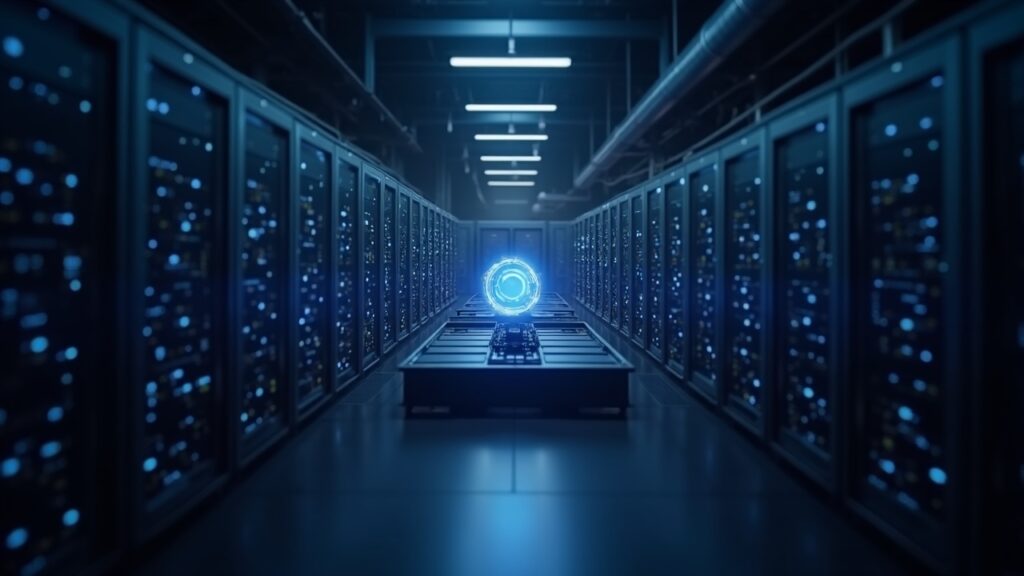Nvidia has paid Intel five billion dollars and the two firms now share a plan to bolt Nvidia’s GPU designs to Intel’s CPU plus factory know‑how. This alignment forces data‑center builders, model writers and crypto services that buy special chips to weigh a new setup. The promise centers on tighter GPU‑CPU coupling and faster interconnects that could accelerate training and inference workloads.
Nvidia linked its cash to Intel on the condition that both sides use NVLink, a wire protocol that moves data at 900 GB/s between CPU and GPU or between GPUs, reaching fourteen times the rate of a standard PCIe lane and cutting wait cycles for large model training and inference.
An A100‑class GPU paired with a Xeon CPU can finish AI training jobs twice as fast as the same GPU on a separate card. The numbers shift market pressure onto AMD and other vendors, who must now speed their own roadmaps.
NVIDIA and Intel to Develop AI Infrastructure
AI clusters see lower latency and faster passes through billion weight networks. Crypto teams that run trading bots or host decentralized model stores gain extra flops, with code that reacts sooner and with fewer errors.
Commerce lines may harden — Nvidia sells acceleration, Intel sells CPUs and fabs. Drawbacks appear in code: CUDA calls must still run on Intel tools, and regulators may stall shipments while they review the tie up.
The next step is to test NVLink and Nvidia drivers next to Intel boards together. The test outcome will decide whether the promised speed reaches AI services and crypto projects that rent accelerated servers.

